Swiss “underestimate” lake tsunami risks

Swiss lake tsunamis are disasters in waiting, warns Geneva University researcher Guy Simpson, co-author of a study into a giant tsunami on Lake Geneva in 563 AD triggered by a rock fall and underwater landslide.
According to new research published in the Nature Geoscience journal, a massive rock fall – probably from the Le Grammont mountain close to where the Rhone flows into lake at its eastern end – caused part of the river delta to collapse and slide into the lake.
Historical accounts describe how huge waves then inundated everything on the lake shores, devastated villages, destroyed a bridge and mills in Geneva and passed over the city walls; it is not known how many people were killed.
The Geneva University team conducted a seismic survey of Lake Geneva along with radiocarbon dating of underwater rock sediment to corroborate their findings.
They found a huge lens-shaped deposit originating from the delta region covering the deepest part of the lake. It is over 10 km long, five kilometres wide and five metres thick and has an estimated volume of 250 million cubic metres.
“This volume of sediment rapidly moved into the bottom of the lake, creating disturbances,” said Simpson.
Using computer modelling to recreate the tsunami, the researchers believe the waves would have been up to 13 metres high in Lausanne and between three and eight metres in Geneva, 70km from the starting point, where it arrived 70 minutes after the rock fall.
Lake Geneva is particularly at risk of a tsunami in the future, the team claims, as riverine sediment continues to build up on the slopes of the Rhone delta, and a rock fall, earthquake or large storm could have a similar impact.
At least a million people live along the shores of Lake Geneva. The city of Geneva is especially vulnerable because on the one hand its elevation is not much higher than the level of the lake itself, and on the other it is located at the tip of the funnel-shaped body of water, which means the waves would be greatly amplified.
A wave of similar height today would completely inundate large parts of the city centre, the paper points out.
Underestimated
Lake tsunamis are rare but devastating occurrences in Switzerland (see right hand column). But the researchers warn that the dangers associated with lake tsunamis are currently underestimated.
“Some Swiss lakes are surrounded by very steep topography. I’m absolutely convinced that there are some disasters waiting to happen,” said Simpson.
Blaise Duvernay, a seismologist at the Federal Environment Office, said lake tsunamis were not generally seen as major risks: “We know that they have occurred in the past but can we actually do anything reasonable to prevent them?”
However, Donat Fäh, head of the group for risk and hazard assessment at the Swiss Seismological Service, feels the dangers associated with lake tsunamis have increased.
“In early times people didn’t like living close to the lake shores because of mosquitos, but this has changed,” he told swissinfo.ch. “There is a risk but fortunately they don’t happen very often.”
He said the chances of a magnitude six earthquake hitting Switzerland, such as the one in 1601 that caused a huge tsunami on Lake Lucerne, come round about once every hundred years. The last was in 1946 in canton Valais.
But tsunamis can also be triggered by overloaded underwater sediment giving way, he added.
“It’s hard to say whether we underestimate the dangers of a tsunami. We now know more about the risks and we know that the seismic risks in Switzerland are moderate. But in general society tends to forget about these tsunami events.”
In 563 a massive rock fall at the eastern end of Lake Geneva caused part of the Rhone delta to collapse and slide into the lake, triggering a tsunami that caused considerable destruction around the lake.
In 1584 an earthquake near Aigle in canton Vaud in the Rhone Valley damaged villages along the north-eastern shore of Lake Geneva, and caused a rockslide that killed 320 people and a tsunami that reportedly flooded shorelines in Villeneuve, Lausanne and Geneva.
On September 16, 1601 a magnitude six underwater earthquake in Lake Lucerne triggered huge waves which left the city of Lucerne under water.
In 1687 a spontaneous collapse of the Muota river delta near Brunnen triggered a five-metre tsunami which caused widespread flooding around Lake Lucerne.
On September 2, 1806, a huge rock fall from the Rossberg mountain in central Switzerland destroyed the village of Goldau, claiming 457 lives. The easternmost part of the rock mass hit Lake Lauerz, triggering a 15-metre-high tsunami. Around ten people died in the resulting flood on the southern shores of the lake.

In compliance with the JTI standards
More: SWI swissinfo.ch certified by the Journalism Trust Initiative

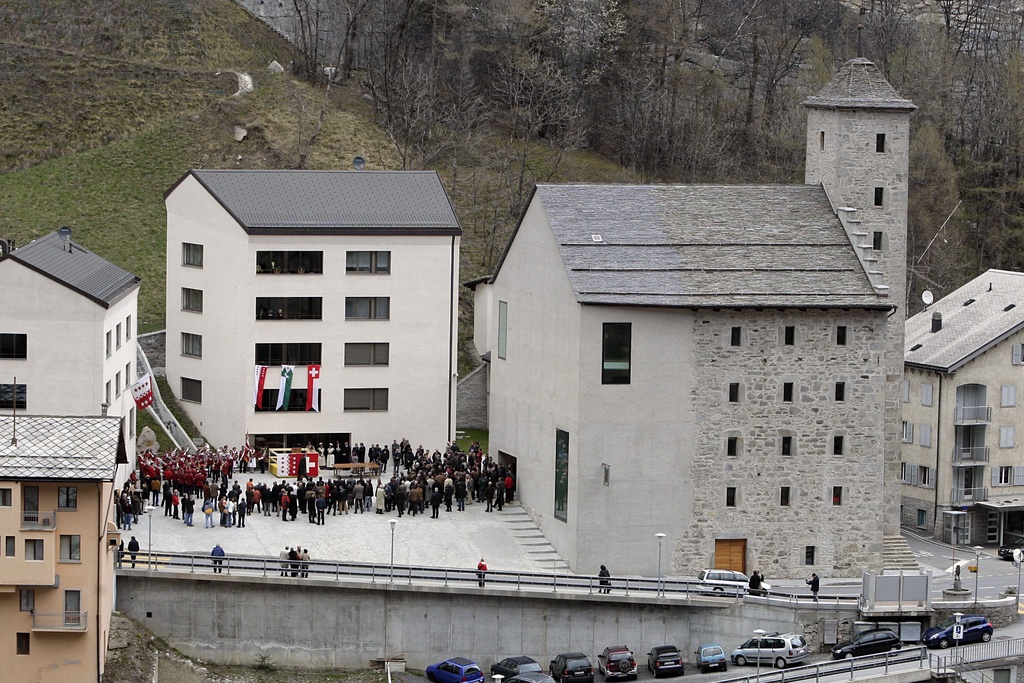
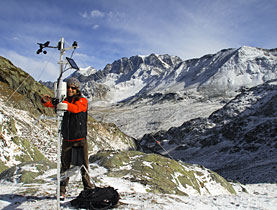
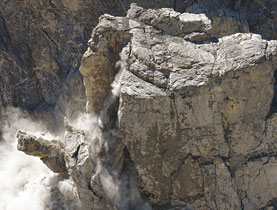
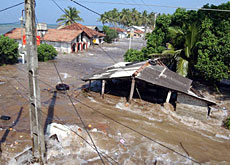
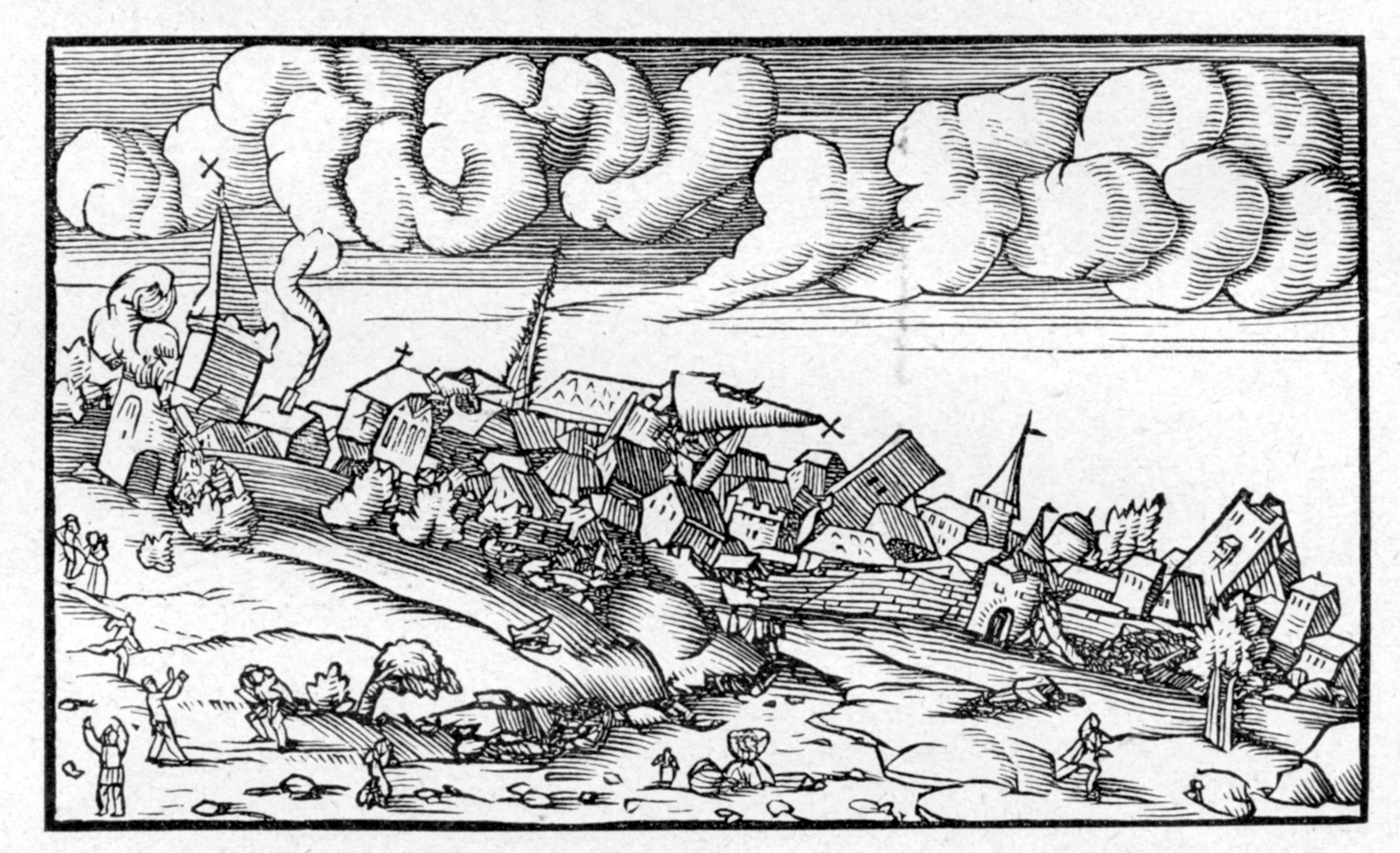
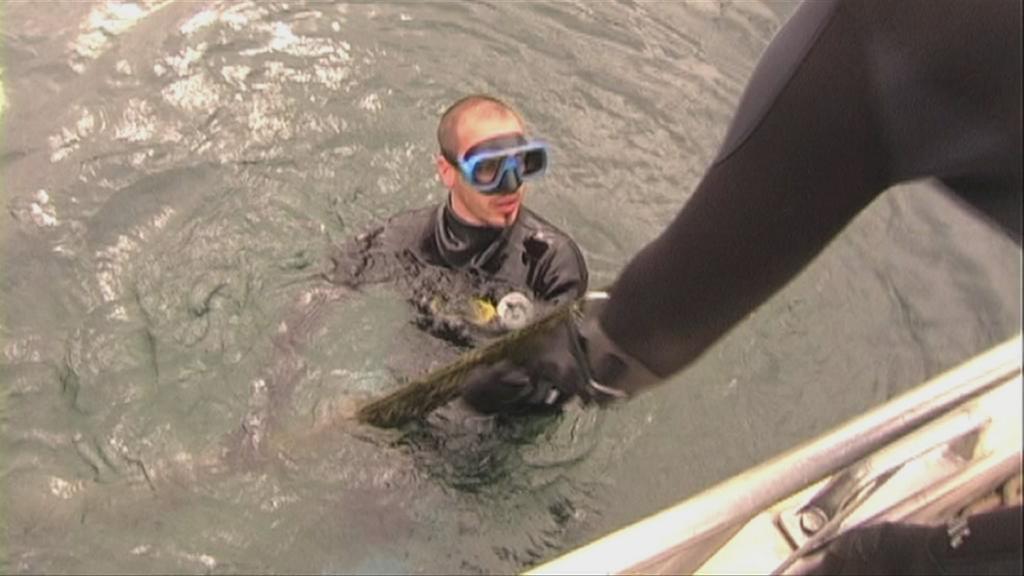
You can find an overview of ongoing debates with our journalists here. Please join us!
If you want to start a conversation about a topic raised in this article or want to report factual errors, email us at english@swissinfo.ch.